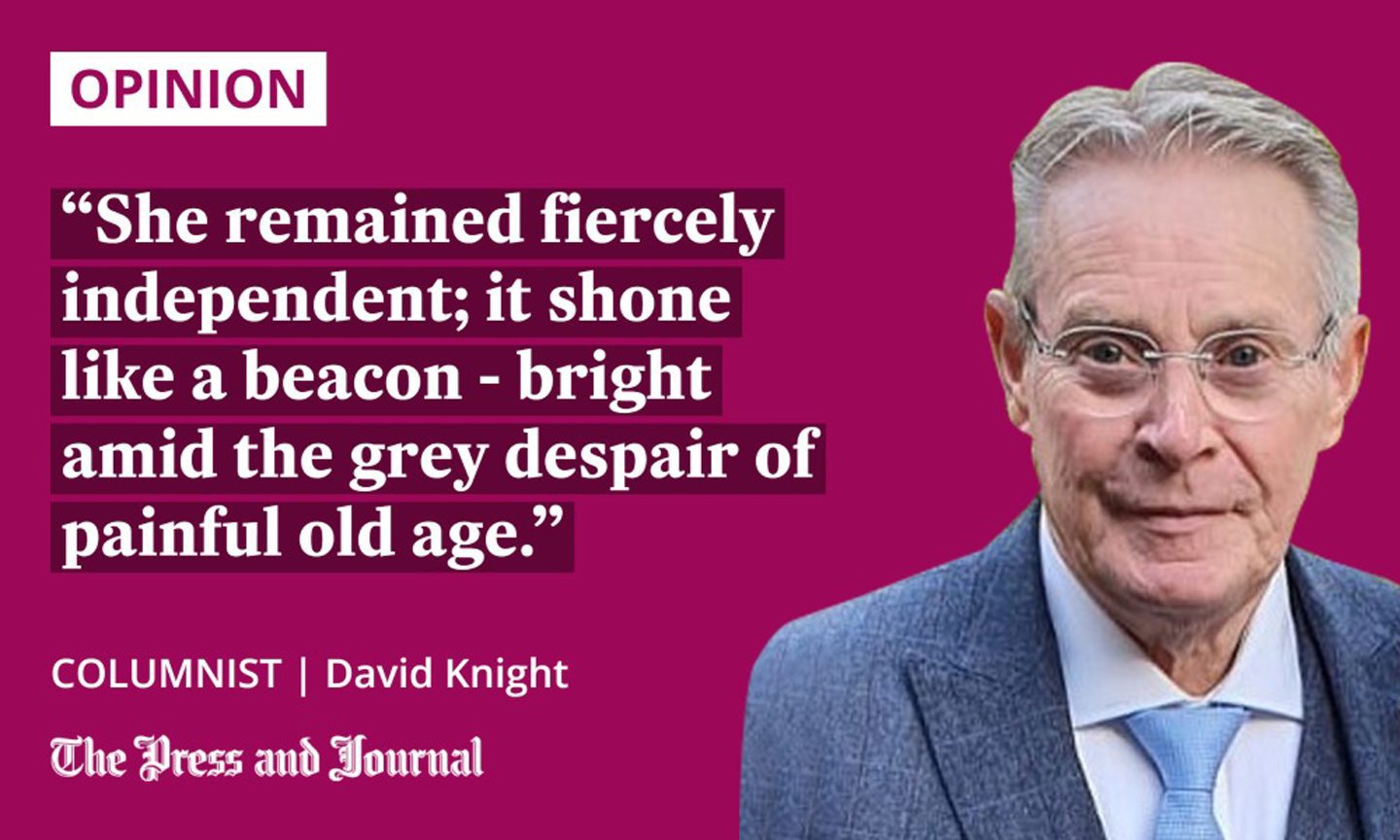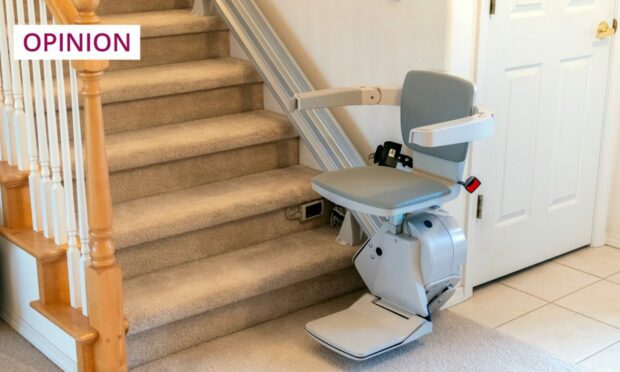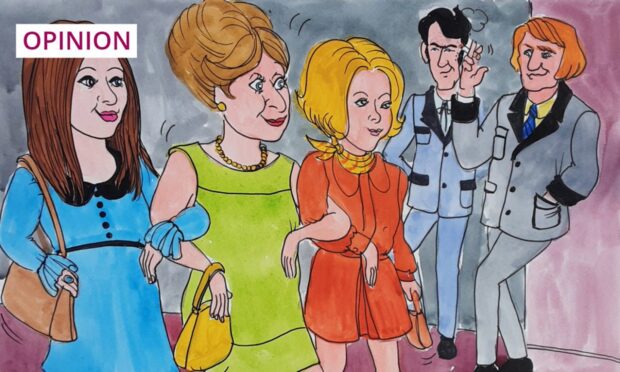I paused to watch a pigeon pecking away at what looked like a Greggs steak bake on the pavement.
It was a quiet place where few ventured. Not a nice place, but a grimy path down to a menacing, 1960s subway.
It was easy to become disorientated in a maze of alleyways heading in all directions beneath the busy traffic intersection. What didn’t help was that a blur of signage directions pointed confusingly to “Road So-and-So East” this way – or west, north and south that way.
Confusing because I didn’t have a compass on me – funnily enough – and the sun was no help for my rudimentary navigation skills, as it was out of sight where I was, deep underground. Easy to feel lost with no sense of direction.
On second thoughts, I’m sure it was a sausage, baked bean and cheese melt, encased in pastry, just for the record. And I’m pretty certain it was from Greggs, as there was a store only a few yards away.
Does any of this really matter, you might ask? Well, I think attention to detail is important, as we’ll see in a minute.
Actually, the whole episode was a metaphor for my current family crisis; a specific ageing dilemma we all face at a certain time in our lives. When the day comes for an elderly relative to face being forced out of their own home and into full-time residential care.

Now it was happening to us and, as closest relatives armed with legal power of attorney, we would have a major say in the outcome.
The full weight of responsibility was a heavy burden to carry, and making us buckle under the strain. To decide someone else’s fate was an awful feeling.
A labyrinthian hellhole of complex red tape
Our loved one is almost 91; a widow living alone, but with dementia as her constant companion. Confused, frail, rather unwell, and now in hospital for a few weeks, too – a perfect candidate for a care home, some might assume.
But there was one inconvenient obstacle for medics and social workers who seemed keen to pack her off to round-the-clock care in her last living abode. It was that she remained fiercely independent; it shone like a beacon – bright amid the grey despair of painful old age.
She told anyone who would listen that she wasn’t going into a care home. I think she meant literally “over my dead body”. And begged us constantly at her bedside to allow her to go home. To die, you might think, but not if she’s got anything to do with it.
But, why not, if her own home environment prolongs her life, and she’s happy?
Luckily, she still has enough marbles left to make her case. To be as free as a bird – like the pigeon.
We, on the other hand, had descended into a labyrinthian hellhole of complex red tape surrounding elderly care: just as frightening as the grim subway I ventured through.
How do families cope with all this? Many of you have experienced it, I know.
It’s like being a parent for the first time all over again: trial and error shadows our footsteps.
The authorities acquiesced with her wishes – for now
We had travelled 500 miles from our Aberdeen home, to boot, to “take charge” in our own stumbling way, learning about the whole complicated business and making mistakes as we went.
Some of our ideas to keep her safe if she was allowed home might appear hare-brained from the higher ground of detached impartiality. Turning the downstairs of her semi into one-level living – like a bungalow – won the approval of the medics, but how to deter her from going upstairs?
One of us suggested switching off her stairlift (with best intentions, honest). It made me think of Midsomer Murders: can you imagine the embarrassment of going down to orchestrate her care and ending up doing life for murder? The idea was jettisoned in seconds.
It sounded Orwellian: the state takes control if the person is not sane enough to make the choice where to live
I turned to Age UK: I asked what would happen if we supported her opposition to a care home, but the authorities insisted on it.
They could give her “a doll”. I thought it a strange thing to do in the circumstances, but they meant a “DoL” (Deprivation of Liberty) order. This applied to England, but there is something like it in Scotland.
It sounded Orwellian: the state takes control if the person is not sane enough to make the choice where to live.
Checking the detail again, I took comfort from the fact that they couldn’t act if someone was sane, but simply making an unwise decision. Let’s face it, if that was the case, most of the country and our politicians would be locked up by now.
Luckily, the authorities acquiesced with her wishes – for now.
I hope the family fight my corner when it’s my turn.
David Knight is the long-serving former deputy editor of The Press and Journal










